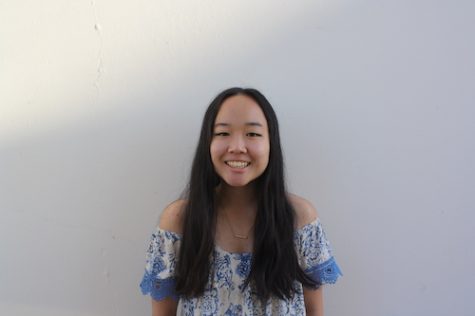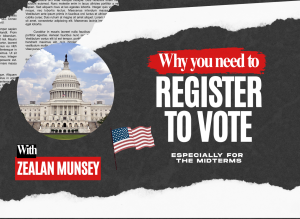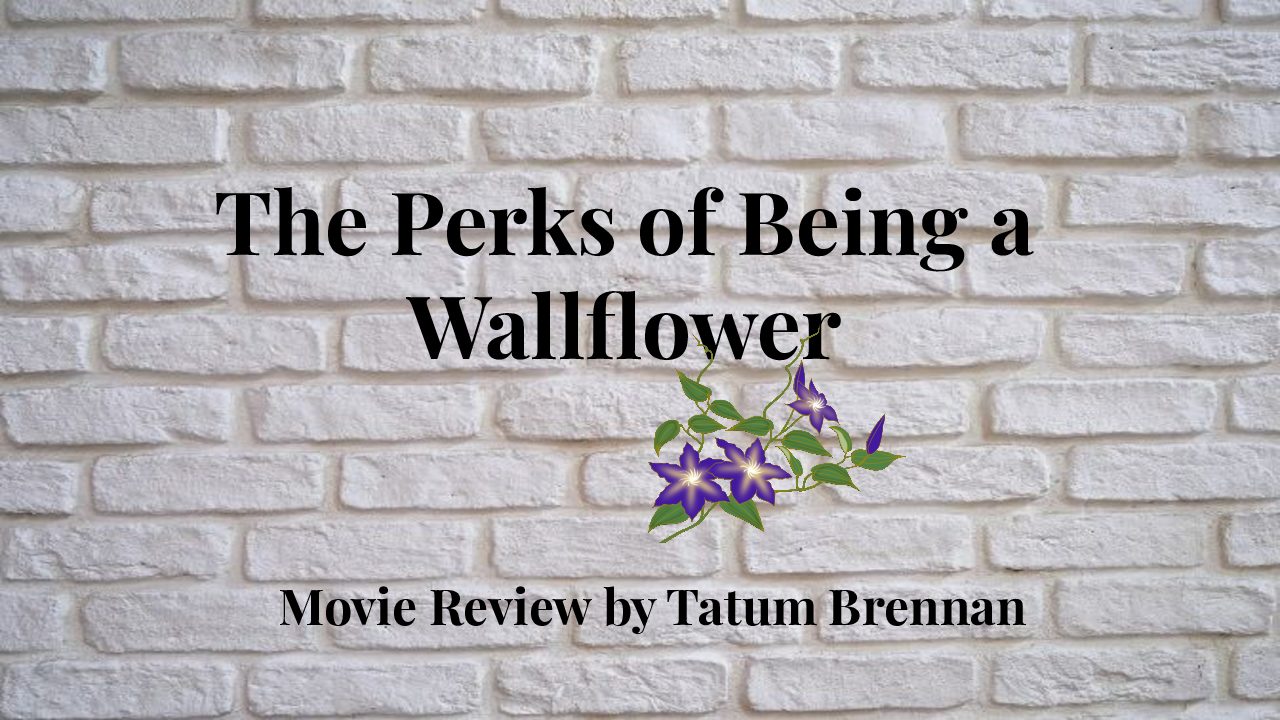Appreciating and embracing your cultural heritage
May 9, 2018
America, the great melting pot. We hear about how our country is a mix of all these different cultures and ethnic identities, but for some reason this concept did not apply to my elementary school growing up. Trying to discover one’s identity can be a messy, confusing thing. This is especially the case when you’re young and there are no other little girls who look like you. It’s hard to embrace one’s culture when others think the food you eat is strange and the language you speak at home is strange. Looking back on it, I regret not taking as much pride in being Japanese. I feel ashamed for dreading those back-to-school nights and parent teacher conferences, ashamed of feeling embarrassed of my family’s broken English.
While trying to suppress this part of my life, I realized that society seemed to be doing the same thing, as well. Asians and Pacific Islanders make up the fastest growing racial group in the United States, numbering more than 10 million people, or nearly 6 percent of the total population, yet they’re one of the most underrepresented groups in the media. How is a young girl supposed to relate to anyone on screen when no one looks like her?
Concern for minority representation on screen can sound like a problem of the past in the progressive world we’re living in. With new shows like Master of None and Fresh Off the Boat depicting Asian-Americans and Pacific Islanders as well-rounded, complex characters, the campaign for diversity in Hollywood is as prominent as ever. However, it took more than 20 years for the entertainment industry to get to this place. There hadn’t been an Asian or Pacific American-led series since Margaret Cho in All-American Girl in 1994.
The times Asian Americans and Pacific Islanders are in shows or movies, they’re often typecast as stereotypical characters. The issue with these token stereotype characters on screen—the studious A+ student or foreign exchange student—is that they replace the complicated struggles and real stories of a group of people. Aside from the social media movements such as #whitewashedOUT, heritage months have existed before the age of technology to promote different cultures and significant people in history.
May marks the observance of Asian/Pacific American Heritage Month. Passed by Congress in 1978, this celebrated month was initially just a celebrated week. Congress chose May because it was the same month that the first Japanese immigrants arrived in America in 1843 and the same month that the transcontinental railroad was finished in 1869, a majority of it completed by Chinese immigrants. Eventually the celebration outgrew the duration of a week. Following not so long after, Congress expanded the week to a month in 1990.
“Asian/Pacific” is an admittedly broad term. People tend to only think of major countries in the Asian continent like China and Vietnam, but “Asian/Pacific” doesn’t accurately reflect all of the Pacific Islands of Melanesia, Micronesia and Polynesia.
It’s fair to argue that it isn’t enough to create deep understanding and celebrate a culture for just one month out of the whole year, but heritage months are more meaningful than this. It’s not about limiting acknowledgement for a certain culture to a mere month, but about ensuring it gets even more recognition during the duration of that month. Of course, realistically, dedicating a month to the heritage of a culture won’t suddenly make everyone celebrate it and take the time to learn about it, but it’s about taking small steps. Progress isn’t linear, and there are times when society might take some steps back, but hopefully we can continue paving the way to greater understanding and encouragement for people to take pride in their heritage.







